
Meet AECOM at Flood & Coast 2017
The increasingly unpredictable nature of flooding means there’s no one-size-fits-all solution. To manage flood risk into the future requires us to rethink what is possible.
Come and meet AECOM at Flood & Coast 2017 from 28 – 30 March 2017 at the Telford International Centre, stand A25, or listen to our speakers. Contact us to schedule a meeting with the team or to find out more.

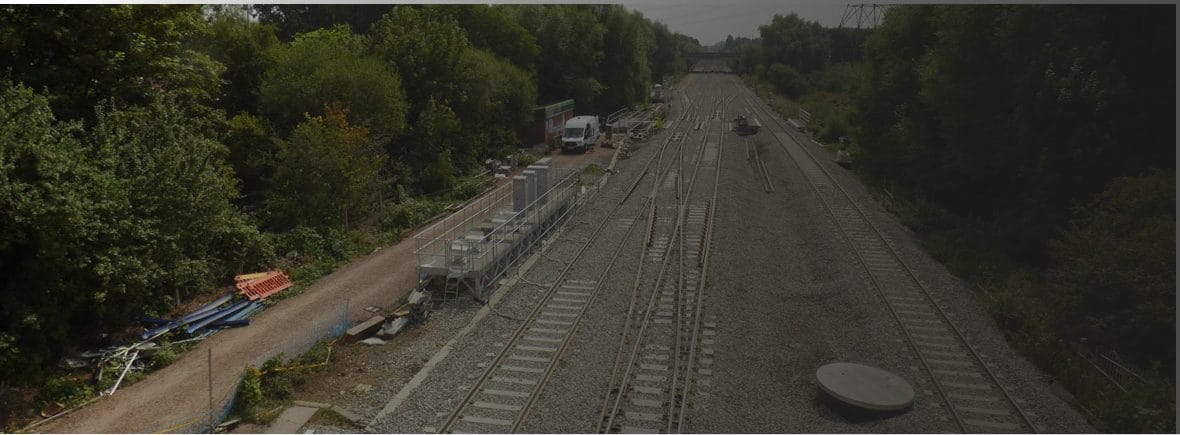
Hinksey flood alleviation scheme
The £18 million Hinksey flood alleviation scheme is helping protect a busy section of mainline railway between London and the Midlands from flooding, increasing resilience of the UK rail network.


Port of Immingham sea defence improvements
Safeguarding a major sea port from the threat of tidal surge, we produced and delivered an Outline Business Case (OBC) and flood risk appraisal for the Port of Immingham sea defence improvement scheme. Securing £4.5 million of Grant in Aid funding in a short six month timeframe, we have ensured the critical works can commence quickly.

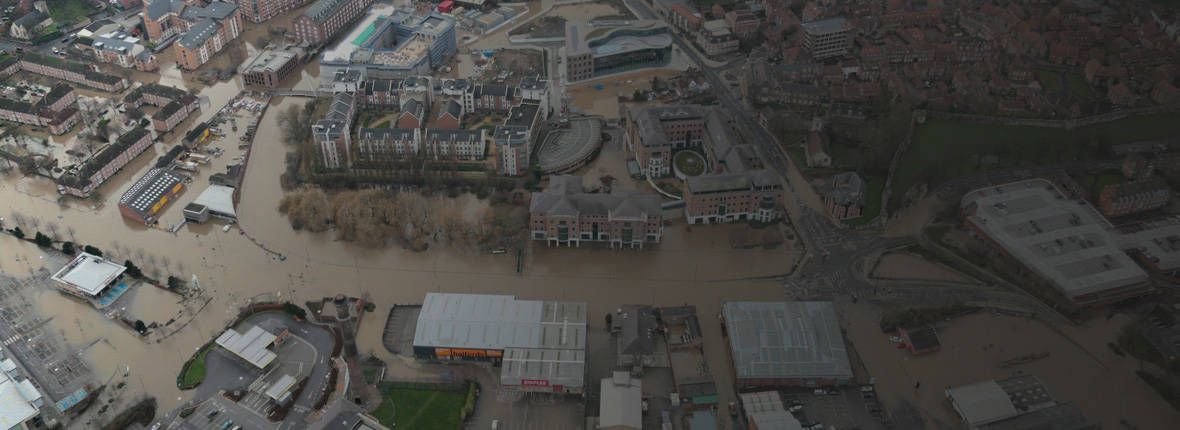
York Flood Management Plan
The York Flood Management Plan identifies short, medium and long-term holistic solutions for the management of flooding in York, UK informing the Environment Agency’s Short Term (five year) and Long Term (100 year) plans. The project looks beyond traditional engineered solutions towards a wide-ranging whole catchment strategy to protect the city from future extreme weather events linked to climate change.

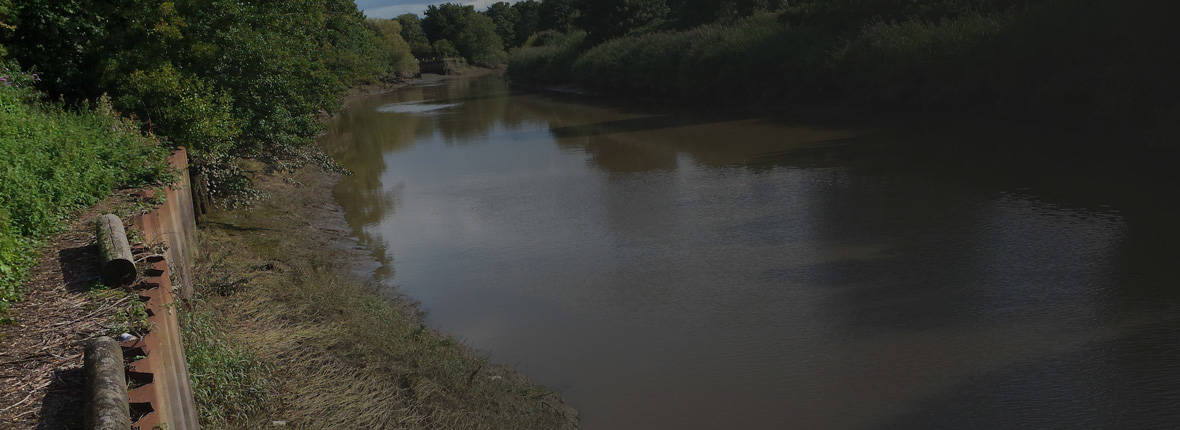
Aylesford to Allington Lock towpath creation
Reconnecting communities with the River Medway in Kent, UK through the new towpath between Aylesford to Allington Lock is providing benefits to the natural environment as well as increasing accessibility across the wider Kent area.


South Campshires flood protection scheme
The South Campshires flood protection scheme seamlessly integrates flood risk management solutions within the public realm, enabling the local community to continue to enjoy use of the riverside location. Spanning 1km of the River Liffey, Dublin, Ireland, it is one of the longest flood defence schemes constructed in the city’s historic centre, protecting 3,000 homes and 400 businesses from flooding.



Fonthill Park SuDS scheme
The Fonthill Park sustainable drainage scheme (SuDS) in Southmead, Bristol, UK, is alleviating flood risk in one of the high risk areas identified in Bristol City Council’s surface water management plan, as well as improving the value of the park.
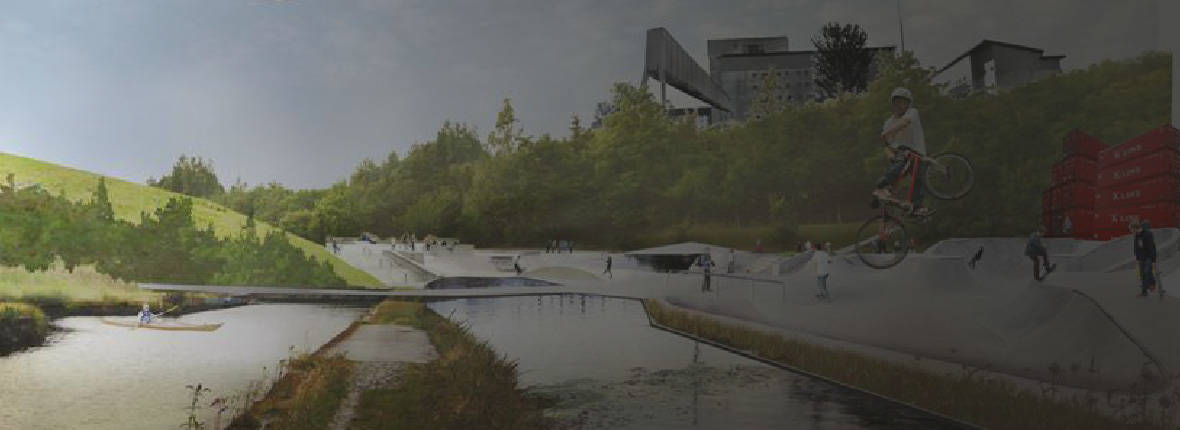
North Glasgow Integrated Water Management System
The North Glasgow Integrated Water Management System (NGIWMS) concept outlines the creation of a pioneering drainage system, using a scheduled ancient monument and modern technology, to unlock regeneration across Scotland’s Central belt. Using exemplar sustainable drainage principles, the concept will provide flood risk reduction, water quality management and habitat improvement for local communities.
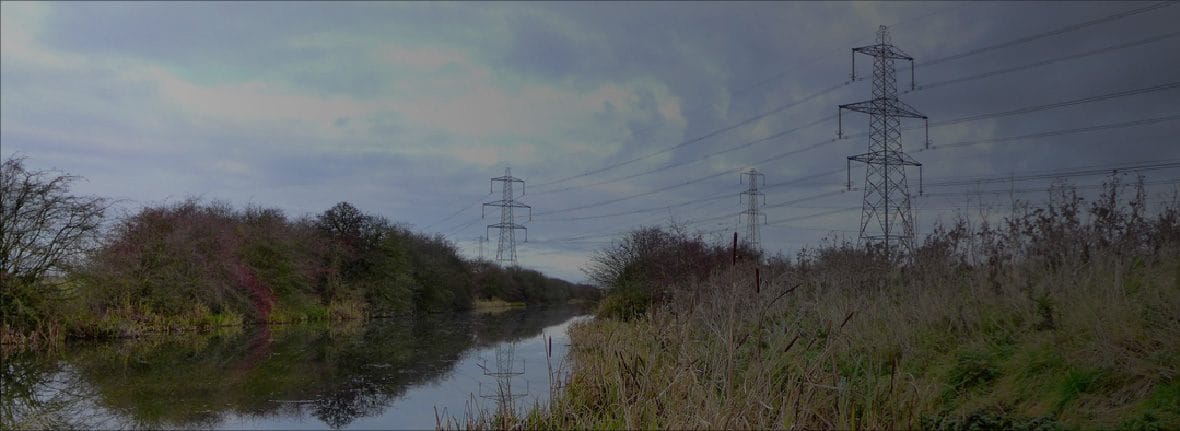
Isle of Axholme Flood Risk Management Strategy implementation
Working in partnership with the Environment Agency, Internal Drainage Boards (IDBs), Lead Local Flood Authorities and other local stakeholders, we’re helping undertake pioneering work to transfer management of local assets back to local delivery bodies as part of the implementation of the Isle of Axholme Flood Risk Management Strategy.







